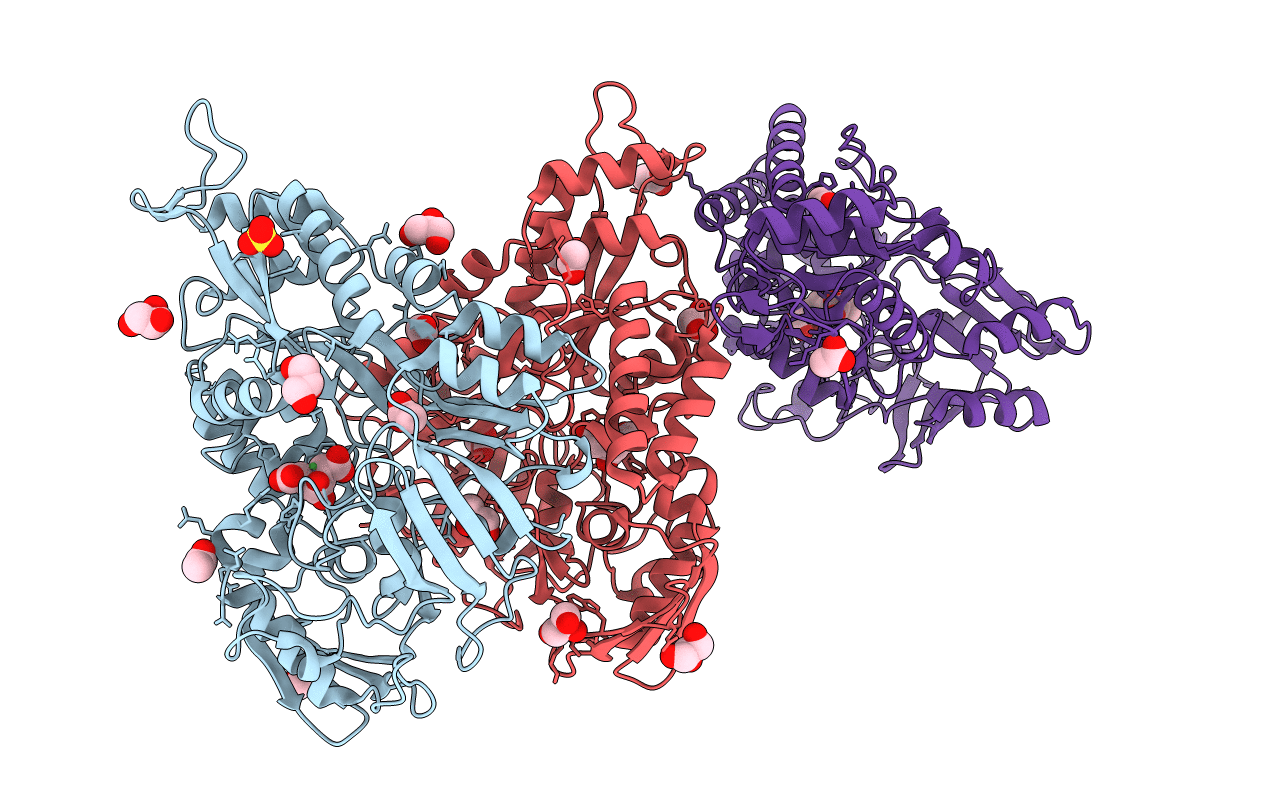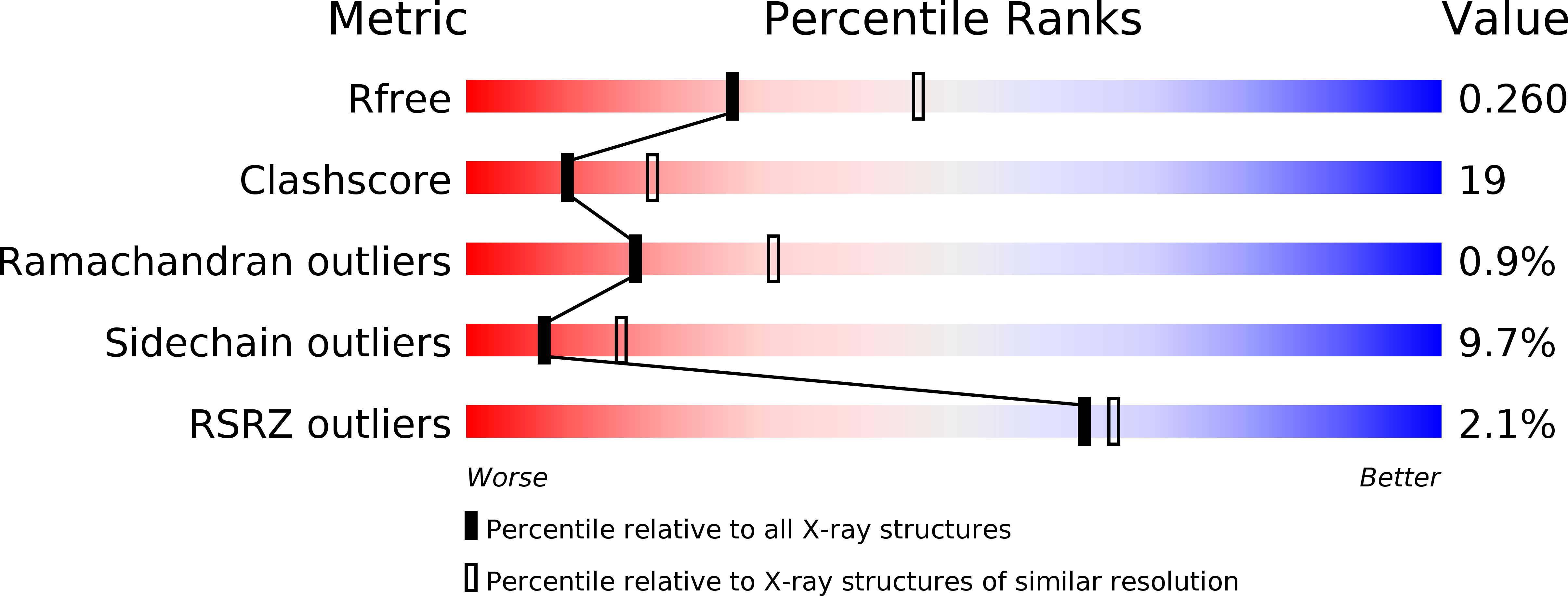
Deposition Date
2008-07-07
Release Date
2008-09-16
Last Version Date
2023-11-01
Entry Detail
PDB ID:
3DP8
Keywords:
Title:
Structural characterization of a putative endogenous metal chelator in the periplasmic nickel transporter NikA (nickel butane-1,2,4-tricarboxylate form)
Biological Source:
Source Organism:
Escherichia coli (Taxon ID: 83333)
Host Organism:
Method Details:
Experimental Method:
Resolution:
2.50 Å
R-Value Free:
0.27
R-Value Work:
0.19
R-Value Observed:
0.20
Space Group:
P 62


